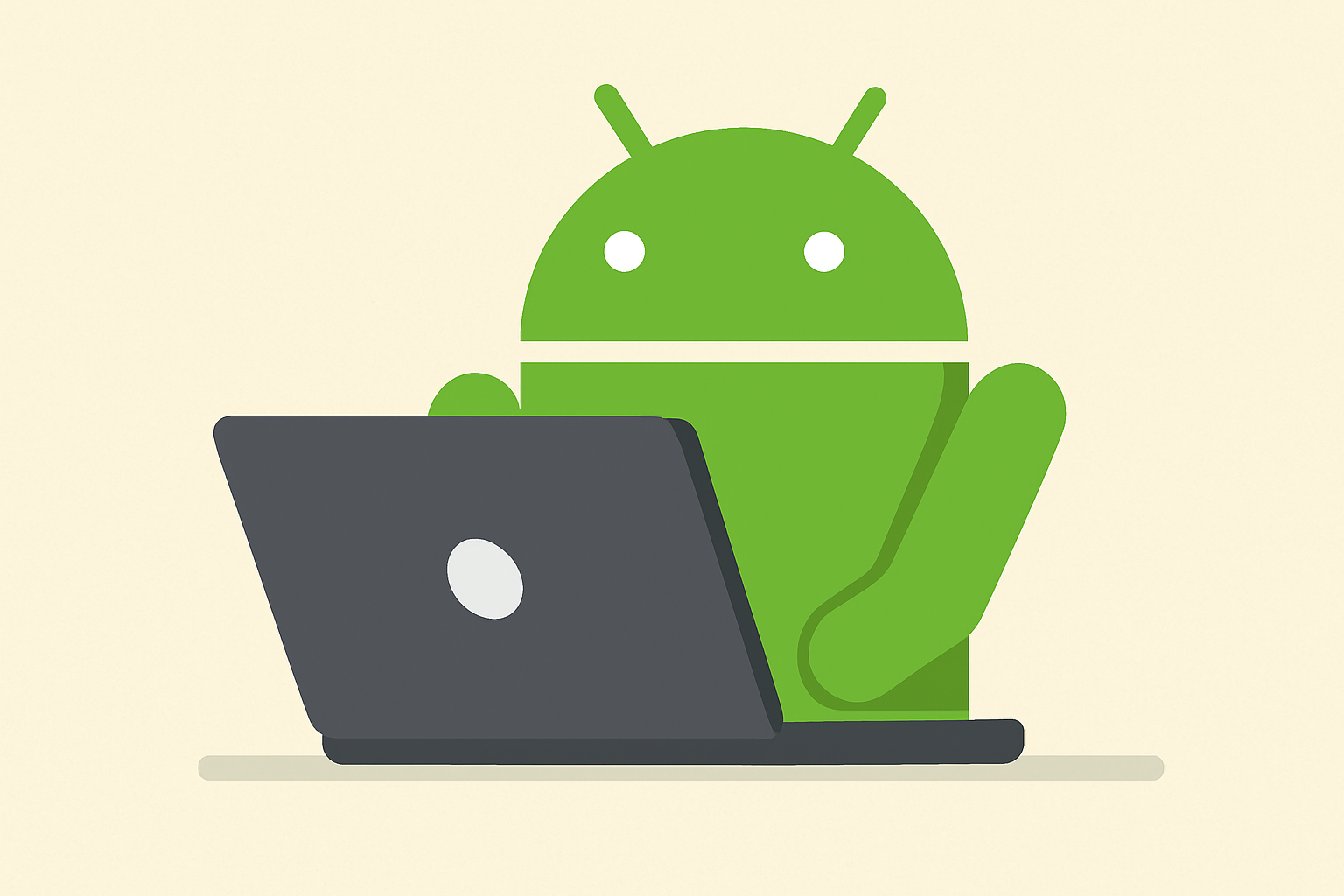Are Android Laptops Ready to Compete With Windows, MacBooks, and Chromebooks?
The world of portable computing may be on the verge of a quiet revolution. With Chromebooks already carving out a space between tablets and full PCs, a new contender is rising: laptops that run Android natively. Over the past year, the concept of Android laptops has gained traction, and 2025 is showing early signs that it may finally move from niche experiment to legitimate alternative. Several new product announcements and ecosystem shifts lend weight to the idea that Android is ready to step beyond phones and tablets.
Android laptops are designed as traditional clamshell devices running an adapted version of the Android operating system. Unlike tablets with detachable keyboards, they are built from the ground up as laptops — complete with keyboard, trackpad, and a full screen-to-input experience. What distinguishes them is access to the entire Google Play Store, so users can run Android apps from a laptop interface, giving a continuity across mobile and desktop use. These devices often come with touch support, and many run on ARM-based processors—similar to those found in smartphones—favoring energy efficiency and long battery life.
The appeal of Android on a laptop rests partly on the shifting needs of users today. Increasing numbers of people rely on cloud services, web apps, and mobile-level tasks like browsing, streaming, document editing, and communication. For many, a full-fledged Windows or macOS machine is overkill. An Android laptop promises to deliver those essentials at lower power cost, with longer battery life, nearly instant boot times, and a more integrated ecosystem between mobile devices and laptops.
In India, one of the most visible concrete examples is the Primebook 4G, a thin-and-light Android laptop built around the MediaTek MT8788 chip. It has an 11.6-inch display, weighs about 1.065 kg, and includes cellular 4G support built in. The device boasts support for “50,000+ apps,” a desktop-style interface with multitasking, and even a Cloud PC feature that allows users to access Linux or Windows environments via virtualization. Early reviews note the laptop’s compact design, respectable color reproduction, and usefulness for tasks like browsing and document editing. At the same time, reviewers often temper expectations about performance for demanding applications or high-end workloads. The affordability, integrated 4G connectivity, and decent battery life make it especially appealing for students, commuters, or users in areas where Wi-Fi is less reliable. Meanwhile, a Business Today review of a related Primebook “S 4G” model praised its portability and styling, as well as how the Android-based device handled everyday tasks.
While Primebook is one of the more grounded examples today, companies in the handheld/portable gaming space are also pushing the boundaries of Android on mobile form factors. AYANEO, traditionally known for Windows handheld PCs, has increasingly embraced Android hardware in its roadmap. At its 2025–2026 strategy event, the company revealed several new Android and hybrid devices, including the AYANEO Pocket DS, a clamshell dual-screen Android handheld which could blur the lines further between laptop and handheld. The Pocket DS—often dubbed the “Android Nintendo DS revival”—is already open for preorders via Indiegogo, with early backers securing units at discounts. It features a 7-inch OLED folding top screen and a smaller 5-inch LCD bottom display, and is powered by Snapdragon G3 Gen 2 hardware, paired with up to 16 GB of RAM and 1 TB of storage in premium configurations. This kind of device isn’t a laptop in the conventional sense—but because it runs Android, maps toward productivity and gaming, and includes physical controls, it shows how the Android ecosystem is expanding beyond phones and tablets into hybrid devices. AYANEO is also building a broader ecosystem around its handhelds, combining Android management software (AYAHome, AYASpace) and cross-platform features.
One more notable device is the AYANEO Pocket Air Mini, which is slated to ship with Android 11 and a custom launcher called AYAHome. In recent livestreams, AYANEO demonstrated how the UI can adapt—allowing resizing icons, folders, performance modes, and button mapping. This handheld device may not be a laptop, but it reinforces the push to bring Android UI paradigms into increasingly capable, hybrid computing hardware.
The broader software ecosystem is also shifting. Google has hinted that Android’s presence on PCs will grow stronger. A recent announcement revealed that Google is working on merging Android and ChromeOS into a unified platform for what some are calling “Android for PC,” targeting productivity, seamless app integration, and tighter synergy with mobile devices. If this new platform arrives as intended, it may give Android laptops (and hybrids) a much stronger software foundation, reducing fragmentation and raising the plausibility of Android as a credible laptop OS.
The path forward is not without obstacles. Many Android apps were originally designed for phone screens, meaning scaling, windowing, input behavior, and aspect ratios remain a challenge when ported to larger displays. Traditional desktop applications—especially resource-intensive tools like video editors, compiler IDEs, or 3D modeling software—still lie outside Android’s native domain. Peripheral support can lag behind too, and high-end performance for creative or engineering tasks is still beyond what ARM-based Android setups reliably deliver today.
Still, the devices appearing this year show that manufacturers are experimenting aggressively, testing the technical and market boundaries of what “Android laptop” can mean. Whether Android laptops will ever fully replace Windows or macOS machines in professional settings is uncertain. What is clear is that they intend to serve a new niche: users who want portability, longer battery life, affordability, app compatibility, and seamless alignment with their mobile lives.
If Android laptops can solve scaling and app optimization, and if Google’s new Android-for-PC platform succeeds, what once felt like a side experiment could become a noteworthy segment of the computing market. The next few years may well decide whether Android laptops remain curiosities—or become a viable choice for many.

